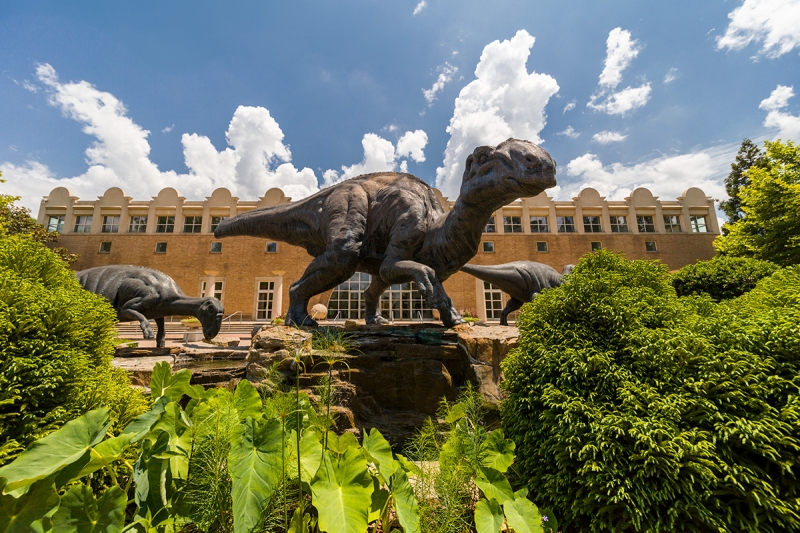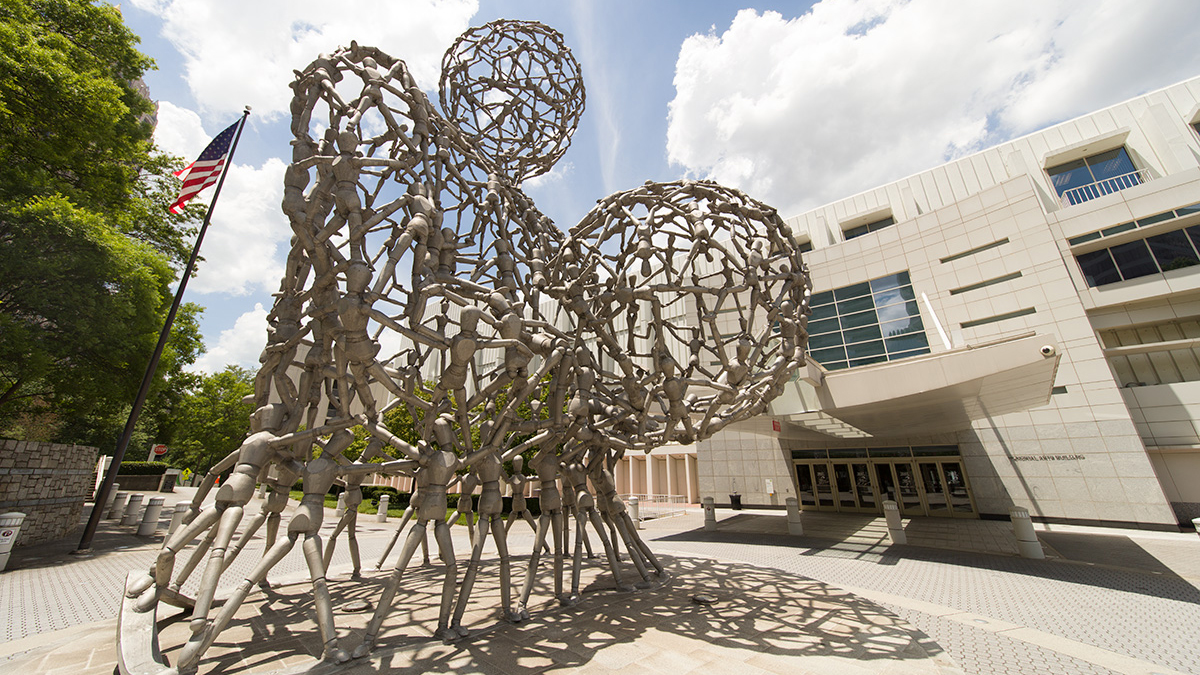Product review: Venus Optics Laowa 12mm f/2.8 Zero-D Lens
A product review of Venus Optics Laowa 12mm f/2.8 Zero-D lens
• January 2018 issue
How wide is wide enough for you? If you love shooting with wide-angle lenses, the Laowa 12mm f/2.8 Zero-D from Venus Optics is special. It gives an ultra-wide angle on either APS-C or full-frame format cameras. On a 24x36mm sensor at infinity it takes in a 122-degree diagonal (67.67x101.51 degree) field of view. Despite the short focal length, this is a rectilinear, not a fisheye, lens so it doesn’t have the extreme barrel distortion inherent in a fisheye. Plus it comes in mounts for Canon, Fujifilm, Nikon, Pentax, and Sony.

Over the past 10 years ultra-wide angle lenses have moved from the specialty optics niche to the mainstream. Once Nikon premiered the AF-S Nikkor 14-24mm f/2.8G in 2007, more photographers started figuring out how to use an ultra-wide angle of view creatively, demand rose, and more manufacturers released their versions.
In the past 18 months there have been two truly great ultra-wide to wide-angle zooms lenses introduced: the Canon EF 11-24mm f/4L USM and the Sigma 12-24mm F4 DG HSM Art lens. As terrific as they are, they are large-aperture, internal-focusing, autofocus zooms, which make them easy to use but optically complex, large, heavy, and expensive.
A number of factors contribute to the issues typical of an ultra-wide angle zoom lens that you don’t find in a manual prime lens like the Laowa 12mm f/2.8. A complex optical path is required to maintain high-level performance at all focal lengths in a zoom lens. A prime lens can offer a larger maximum aperture, which contributes to composition and autofocus. And if the lens is used for stitched panoramas, which contain significant near and far compositional relationships, there’s an added complication for zoom lenses, which work by changing the spatial relationships between the elements or groups of elements, making it necessary to determine beforehand just where the entrance pupil, or nodal point, is located for each focal length.
The Venus Optics Laowa 12mm f/2.8 Zero-D resolves these problems by keeping things simple. Compared to those high-quality zooms it’s relatively small and light. As a manual-focus single-focal-length lens with no electronics, the optical and manufacturing issues are immensely simplified. The lens is exceedingly sharp and extremely well corrected for geometric distortion except at very close distances, making it adept for photographing architecture and structures inside and out.

The Zero-D designation of the Laowa 12mm f/2.8 lens means that it is practically free of optical distortions such as pincusion, barrel, and moustache.
The nodal point is marked on the lens barrel, eliminating the need to find it on your own through testing if you want to photograph stitched panoramas. If you photograph landscapes and use graduated and neutral-density filters, Laowa offers an optional low-cost, dual-slot 100mm width filter holder. The 12mm f/2.8 Laowa can also focus extremely close, adding to its usefulness for creating visually dramatic near/far compositions for still or moving images.
Laowa’s engineers used a long-focusing helical for this lens. From the minimum focusing distance to infinity takes a full half-turn of the barrel, and to go half that covers only 0.7 (the minimum distance) to 1.4 feet, allowing for extremely precise focusing. This, combined with being a purely mechanical lens—no electronic or auto aperture connection to the body—means that focusing is most accurate with the camera mounted on a tripod or other support and using live view, especially when stopping down the aperture.

Zero-D indicates that this lens is as free of optical distortions (pincushion, barrel, and moustache) at all but the closest focusing distances as I have seen in any extremely wide-angle lens, whether zoom or single focal length. Light travels a complex optical path through 16 elements in 10 groups on its way to the camera sensor. The front element has what Laowa calls Frog Eye coating that is dust- and water-repelling. Flare from peripheral light sources in frame is well controlled, and center-to-corner illumination falloff is minimal.

If you already have a 16-35mm lens and you need or want something significantly wider but without the bulk, weight, or expense of the exceptional ultra-wide angle zooms mentioned earlier, the Venus Optics 12mm f/2.8 Zero-D Laowa lens is well worth serious consideration, particularly at its $949 price.
Ellis Vener is a Professional Photographer contributing editor and a commercial photographer.
Tags: lenses


 View Gallery
View Gallery
